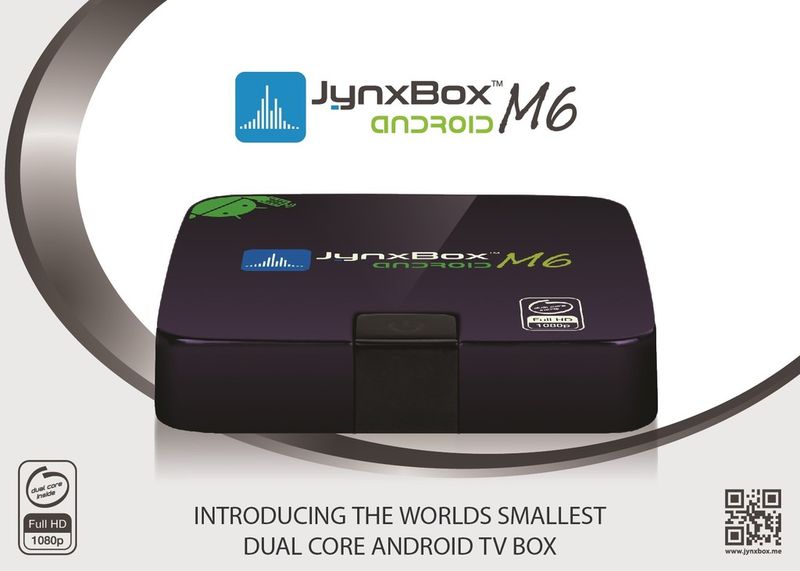

For example, she would build the number on the math rack and then jump down to the green arrow, forgetting to also select the number on the number track. Thankfully not every screen was this involved, but when they were, she would often skip a step. In the above example, she had to count the beads in the static image, create a representation of the same number of beads in the interactive math rack, count the number of beads again to make sure she remembered the number, count along the number track until she found the number she was looking for, click it, and then click the green arrow to indicate she’s done. Sometimes the interactivity to complete one screen was a bit cumbersome for her. The math rack is definitely her favorite!Īnd that's 1, 2, 3, 4, 5, 6, 7, 8. It was interesting to see which ones resonated more with her. These included ten frames, dot images, math racks, and number tracks. I will say I’m impressed with the variety of representations she encountered in DreamBox. All in all, she did well enough and new activities started opening up for her. Her default was to assume that it was going to ask her to find the one with more. The only challenge was paying attention enough to know which was being asked for. All they asked her to do was determine either “Which has more?” or “Which has less?” from two images of dots. The first few activities were a piece of cake for her. When Splash and I sat down at my iPad Mini to play DreamBox for the first time, she was excited to try a new app.
#Dreambox reviews trial
This post is about how, at least for now, I’m not going to subscribe now that the trial is over.
#Dreambox reviews free
Over winter break, I decided to create a personal account and start a two-week free trial. Since the program is adaptive, I figured it would ensure she was in appropriate content. She’s on the young side to be using the program – it says it’s designed for grades K-8 – but we have been doing so much counting and talking about numbers in our day-to-day lives that I thought it would be worth giving it a shot. Splash is going to be 5 years old in March. I did get some sample DreamBox accounts to play with, but I really wanted to see how it works in the hands of a kid, especially considering the adaptive nature of the program.Įnter my daughter, We’ll call her Splash for short. Their user experience is the one I care most about understanding and evaluating. However, students are the ones using these products the most to (hopefully!) learn more about math. Since the companies aren’t marketing to children, they focus their time and energy on the features that the adults will use. Rather, the bulk of the time is spent talking about things like adaptive pre-assessments, teacher dashboards, and the plethora of reports that can be generated and dissected. One of my biggest questions when reviewing programs is always, “What is it like for a kid using this program?” The reps will show you a few screens, but generally not enough to get a sense of what kids are really experiencing. This is so frustrating to me!īack in the spring I was part of a request for proposal (RFP) process that looked at various computer-based math programs. For whatever reason, edtech companies tend to reveal only the briefest of glimpses of the actual student experience of their products.

I invited a sales rep to our district for a demo, but that was underwhelming as always. After Tracy’s enthusiastic review, I wanted to get my hands on it and try it out. Tracy goes on to share two apps she does recommend, one of which is DreamBox Learning. A year ago Tracy Zager wrote a must-read post called “My Criteria for Fact-Based Apps.” In it, she lays out her three non-negotiables for mathematics-related edtech programs:


 0 kommentar(er)
0 kommentar(er)
